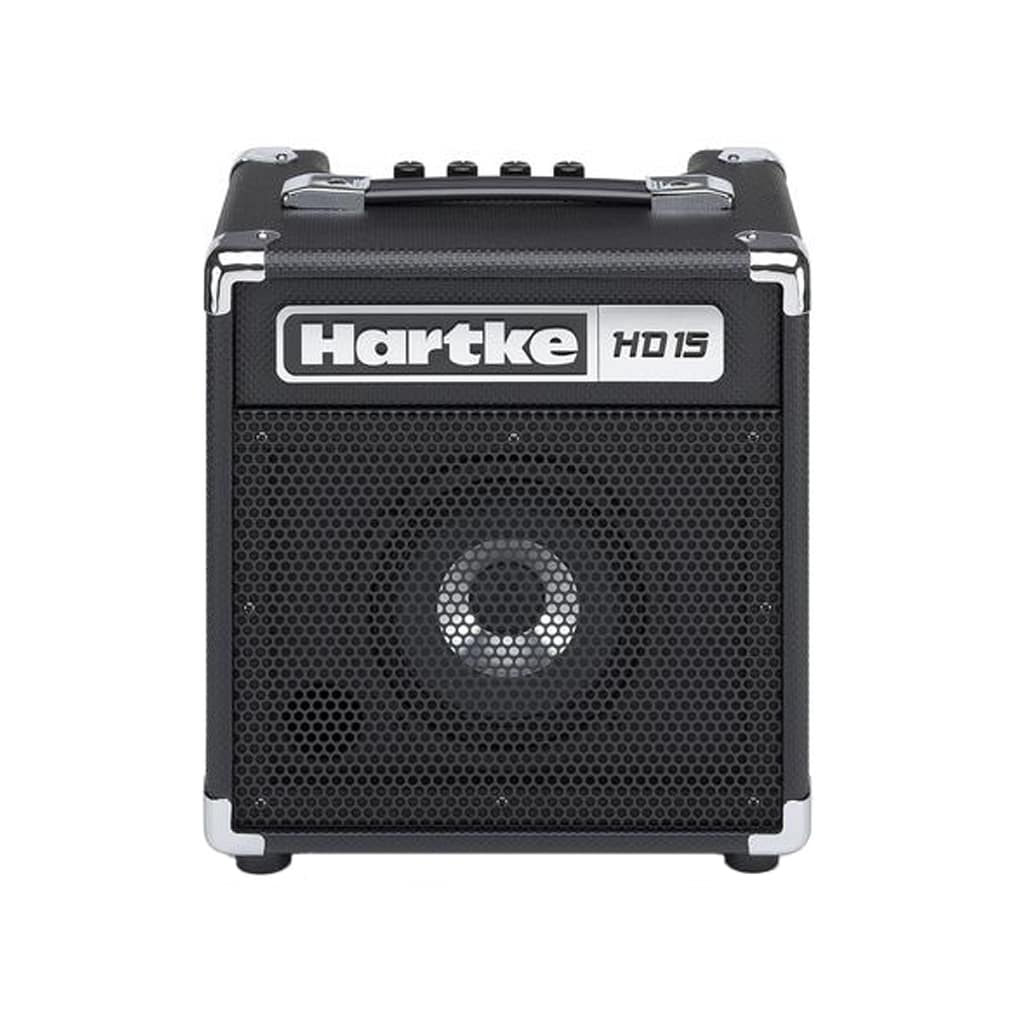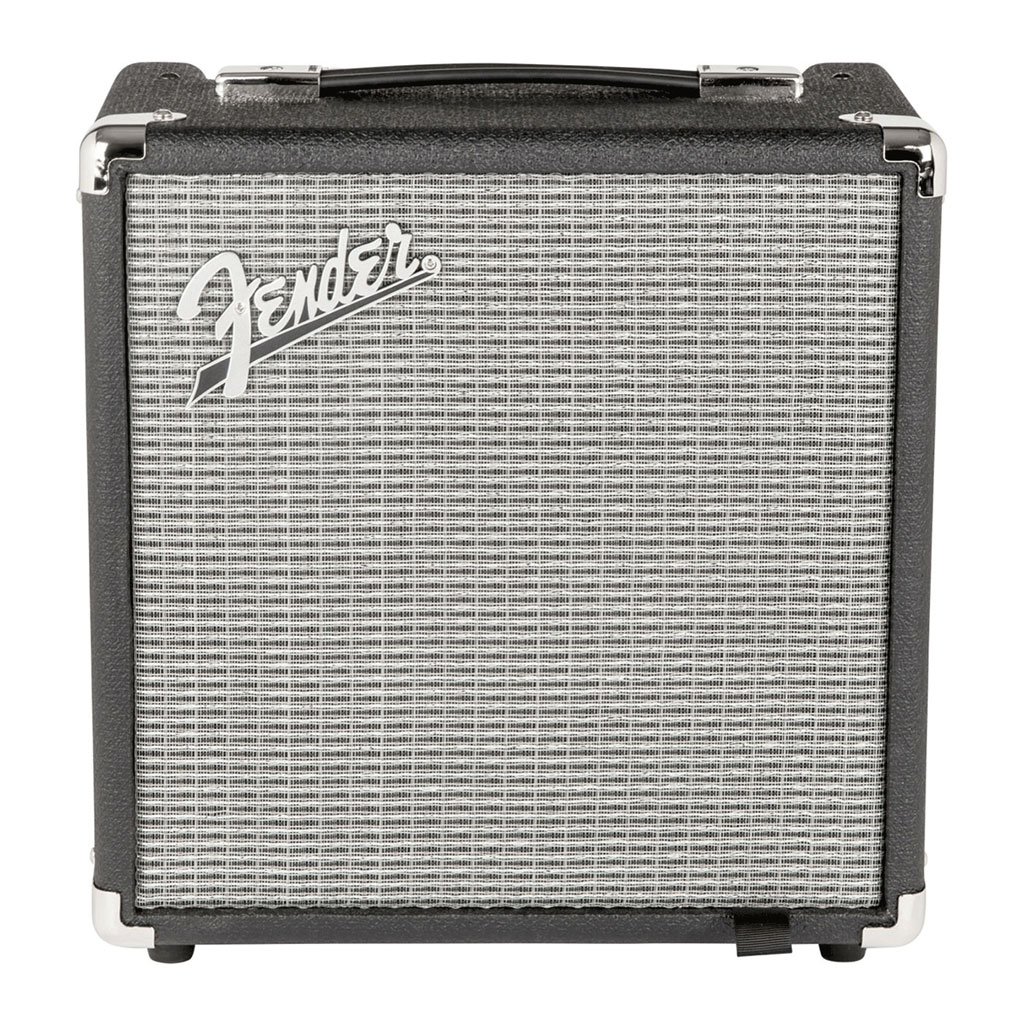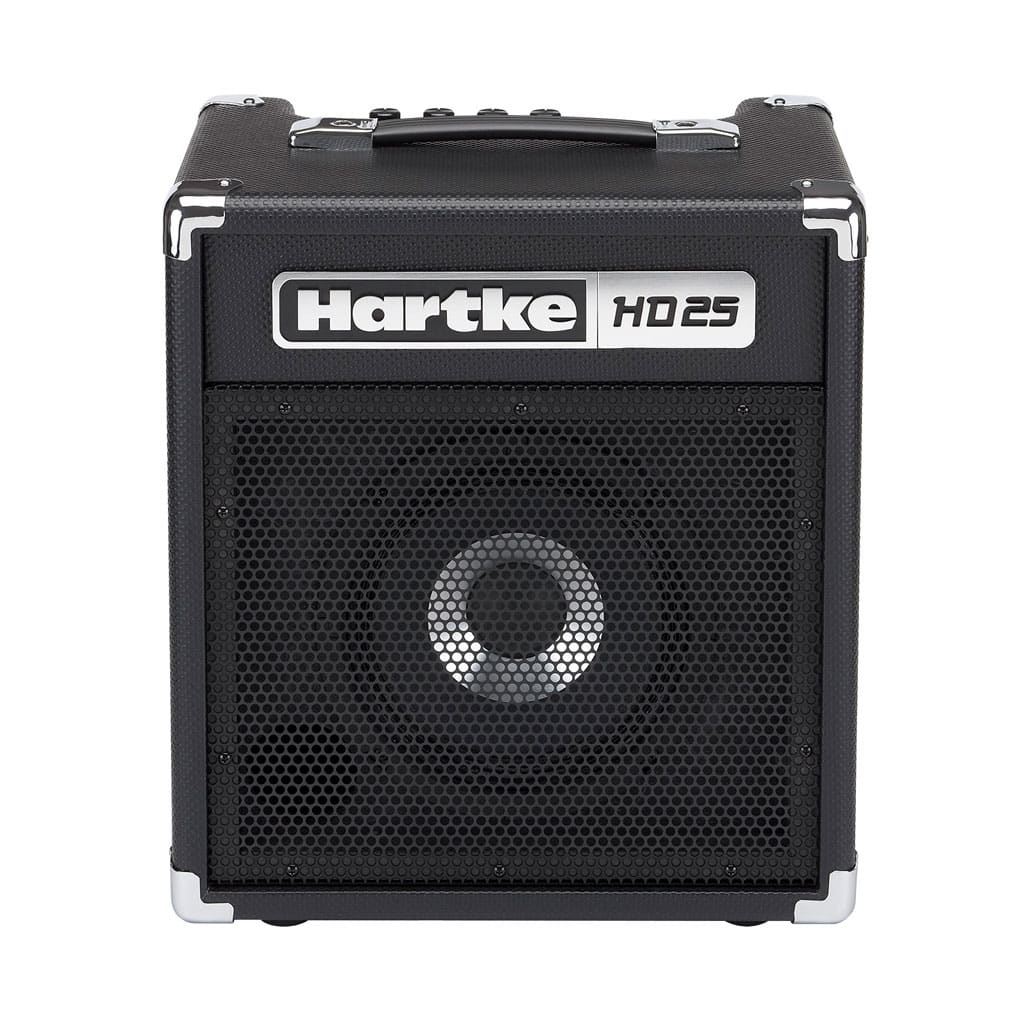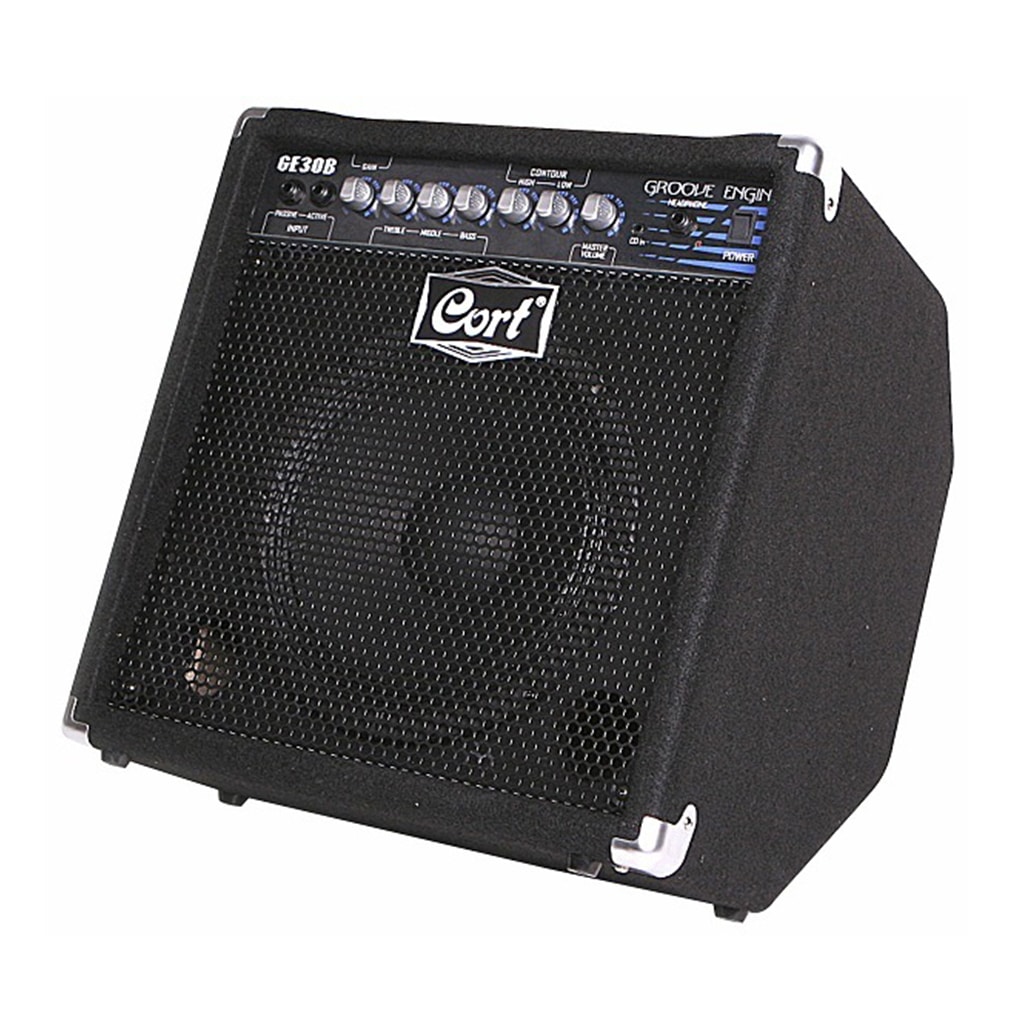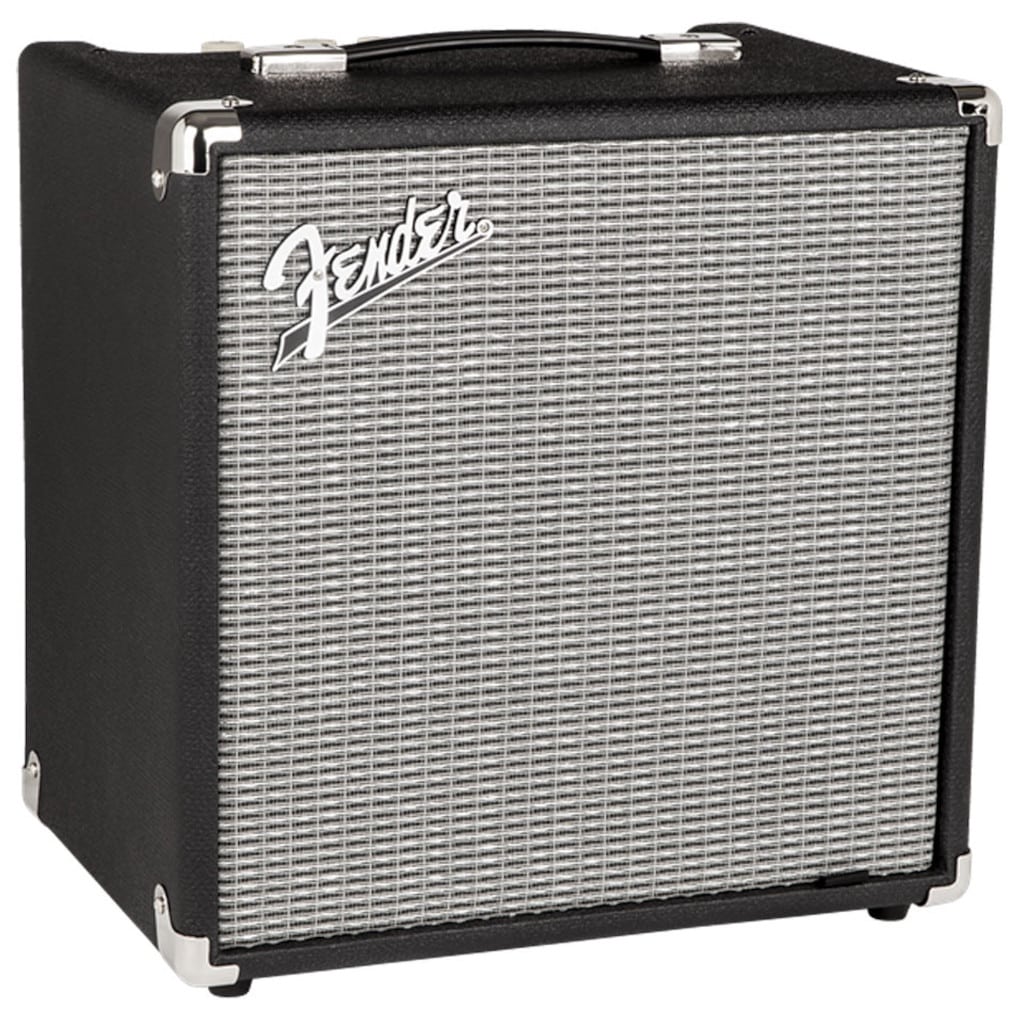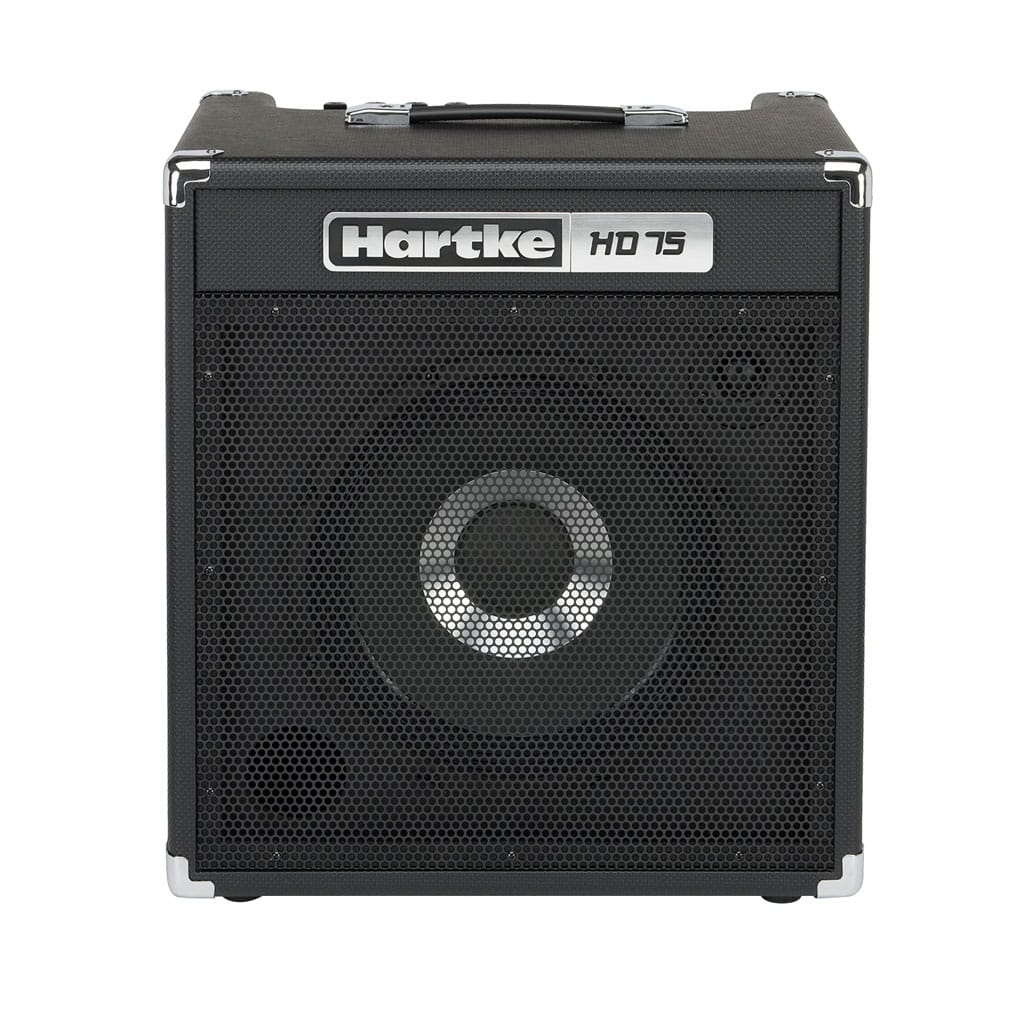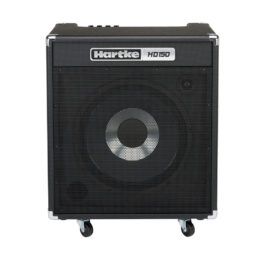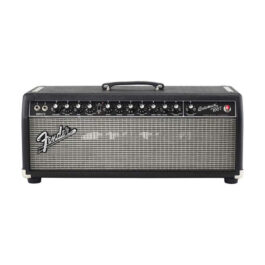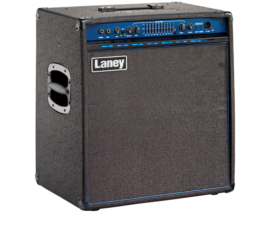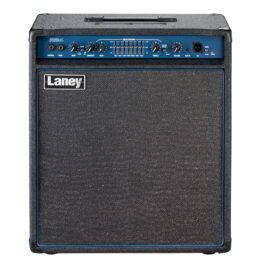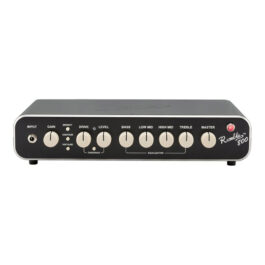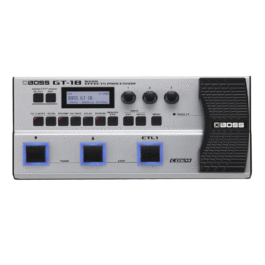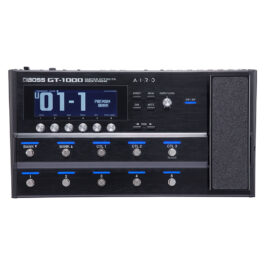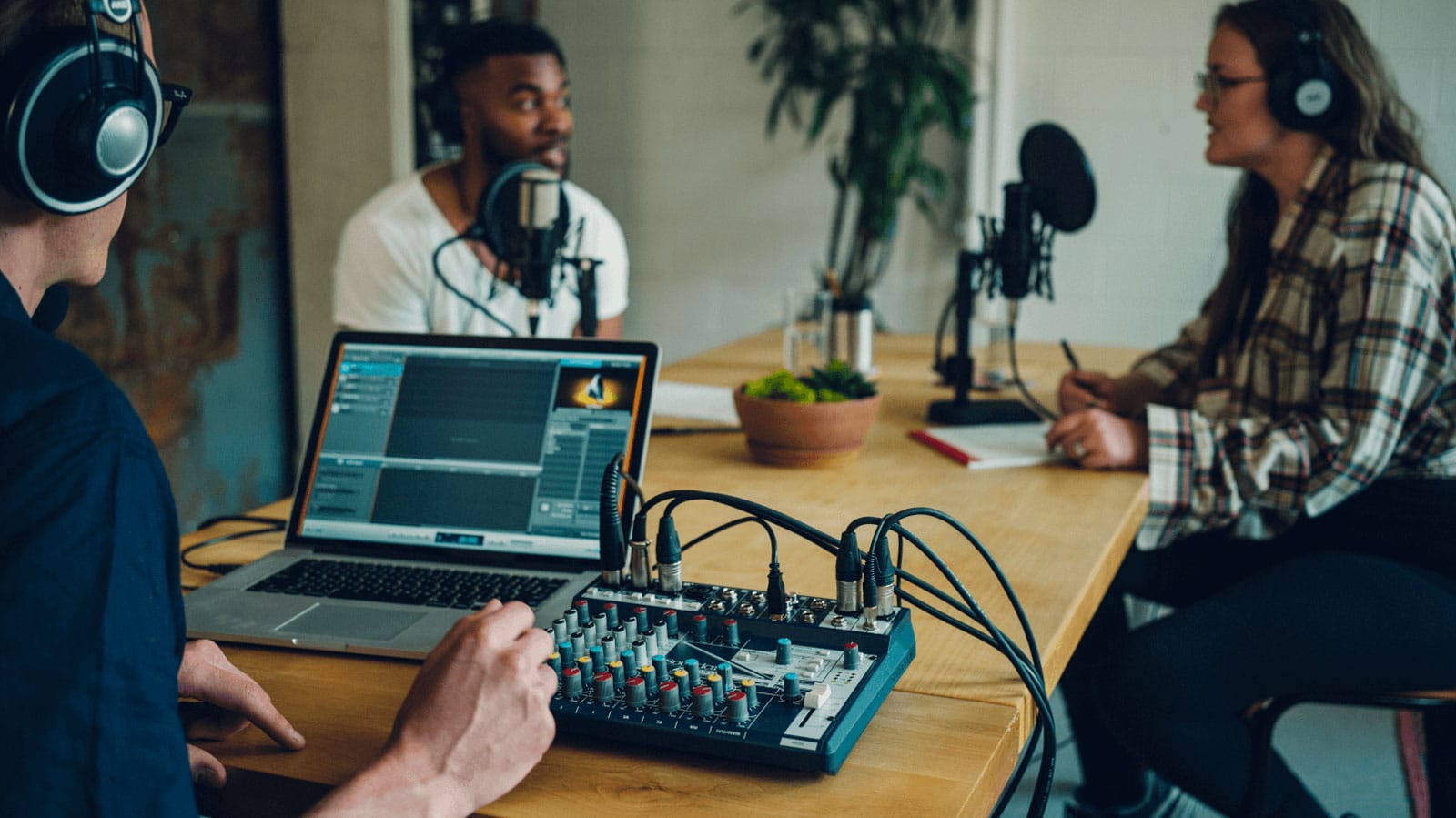
The bass guitar is an instrument that has one of the most fundamental needs for amplification. Even if you’re playing alone in your bedroom, having a proper bass amp is integral to the sound and experience of playing bass.
Choosing a bass amplifier can seem like a daunting task. With options ranging from 10-Watt practice amps to stadium-level 8×10 behemoths, finding a bass amp that satisfies your specific needs can feel like navigating a maze.
There are a few main factors one has to consider when looking for the bass amp for you. Wattage, speakers, cabinet size, weight, and features are the primary factors. We’re going to break down a few common use-cases, relate them to these main factors, and help you decide on the right bass amp for your situation.
The Bedroom Bassist
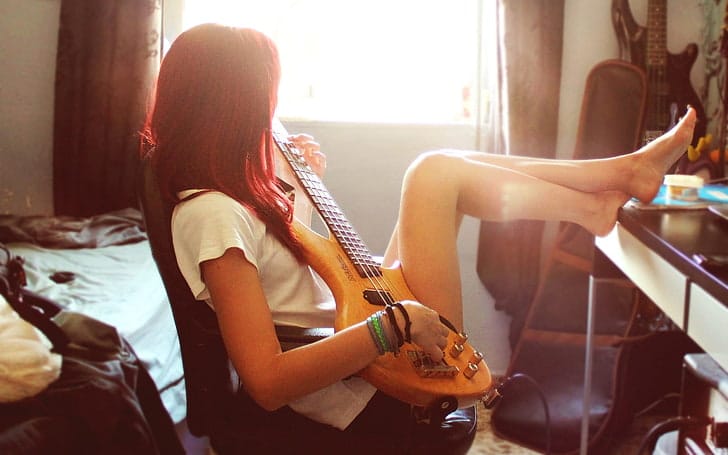
If you’re just looking to amplify you bass enough to be heard by yourself, the requirements in terms of wattage and speakers can be quite conservative, and there is little need to consider separate amp heads and cabs, meaning a combo amp (one which combines both) would be the simplest option.
Wattage: Between 15 and 30 Watts will provide a clear, undistorted bass sound at low volume.
Speakers: A speaker size of between 6″ and 8″ is most common in this sector, with the 8″ options able to output a clean signal at slightly higher volumes.
Features: The feature-set is the area in which choice really comes into play in this segment – Are you looking for a simple plug-and-play solution, or would you like access to some additional effects and EQ options?
Let's take a look at some examples that fit this use case!
Stepping up to 25W offerings, these amps will offer a slightly higher volume, pushing their speakers that little bit harder, specifically the Cort GE30B which stands a 30W. But where these offerings really stand out is in the feature set. The Hartke HD25 keeps things simple, continuing with the 3-band Equalizer, but the Fender Rumble 25 adds an overdrive circuit for great driven bass tones, as well as a contour button for extra tonal variance.
Finally, the Cort GE30B adds a 2-band contour section to shape your tone even further, as well as an active and passive input to perfectly suit whichever bass you play.
The Rehearsal Room Kicker

The next step up is usually to the rehearsal room – playing alongside some fellow musicians, and even a drummer. As soon as you begin playing alongside a drummer, your bass amp needs to be able to compete with that volume. Anything between 65 and 100 Watts paired with a 12″ speaker is sufficient to manage this task.
We’re going to take a look at 3 great offerings in this range.
While all three of these amps share a speaker size of 12″ and will be more than capable of playing over a drummer, the differences, once again, come in the form of their features.
Laney RB3 – 65Watt: The Laney RB3 is incredibly feature rich. Offering a 4-band EQ, Active and Passive inputs, a single-button compressor, a send/return effects loop for extended effects pedal options, and a DI output for plugging directly into a PA system.
Hartke HD75 – 75Watt: The Hartke HD75 offers a 3-band standard EQ, as well as a 7-band graphic EQ to allow for precise tone adjustments, as well as a send/return effects loop.
Fender Rumble 100 – 100Watt: The Fender Rumble 100 is a bit of a cross-over option. In terms of it’s features, it is competitive with the rest, offering a 3-band EQ, an overdrive circuit, send/return effects loop, and a DI output. But with a 100W power amp, it begins to wade it’s way into on-stage volume capacity, especially with the ability to plug directly into a PA system via the DI output.
Hitting the Stage
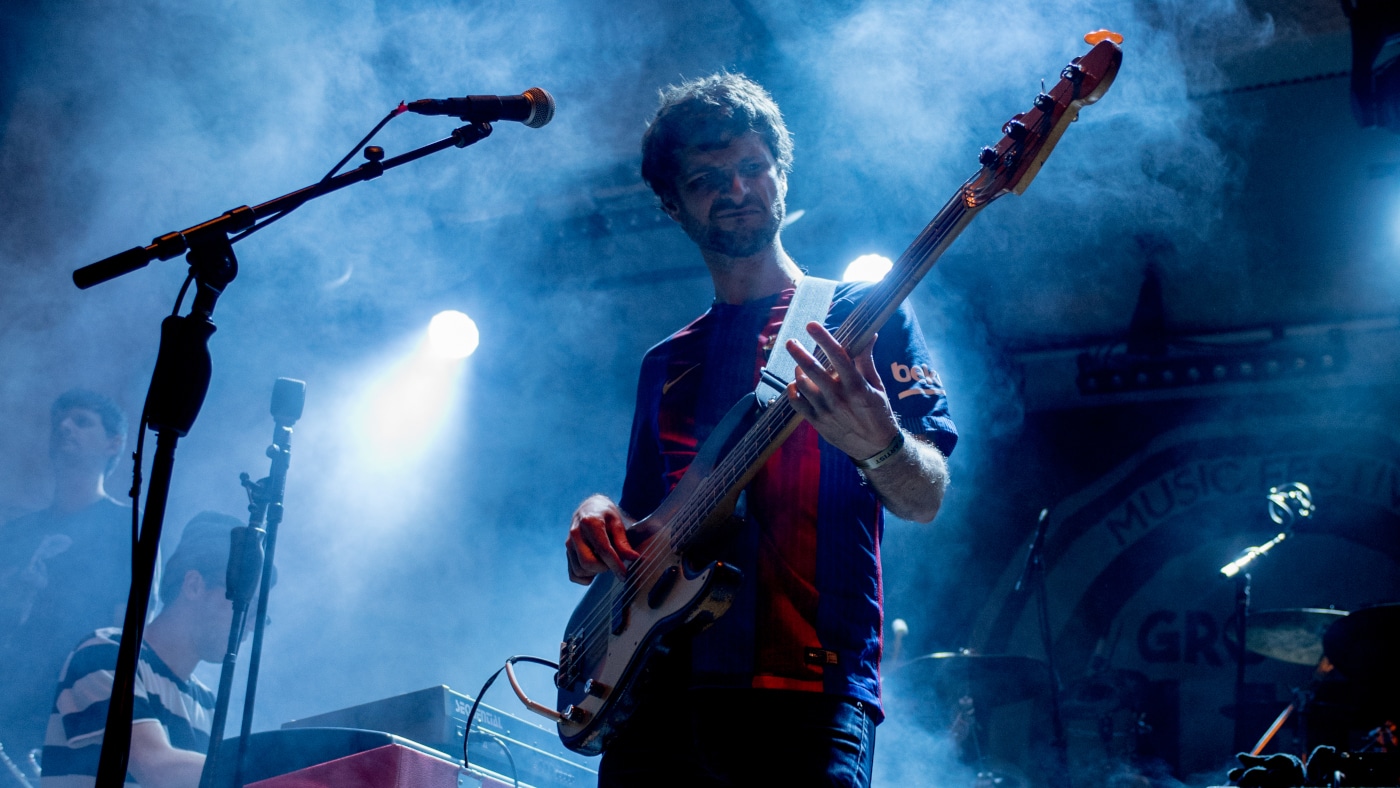
When you’re looking to hit the stage, there are two primary ways to use a bass amp.
– as the primary means of sound delivery to the audience (not using the PA system)
– using your bass amp as a stage monitor and sending the signal to the PA system for further amplification for the audience.
In both of these use cases, a minimum of a 100W amp is suggested. In the case of a smaller gig, 100W will provide enough volume to reach your audience, and in bigger club shows, it would suffice to monitor your own bass sound. But, of course, the higher the wattage, the more volume and clean headroom available to you.
-
- Out of Stock
- Bass Guitar Amps, Guitar & Bass
Hartke HD150 150-watt Bass Combo Amp
-
R18,995R13,295FREE DELIVERY - Select options
-
-
- Out of Stock
- Guitar & Bass, Bass Guitar Amps
Fender Bassman 8×10” Neo Bass Speaker Cabinet
-
R56,995R48,445FREE DELIVERY - Select options
-
-
- Out of Stock
- Guitar & Bass, Bass Guitar Amps
Fender Bassman 100T Bass Amp Head
-
R53,395R45,385FREE DELIVERY - Select options
-
-
Birthday Sale Deal!
- Guitar & Bass, Bass Guitar Amps
Fender Rumble 200 Bass Combo Amp
-
R25,495R21,669FREE DELIVERY - Select options
-
Birthday Sale Deal!
- Guitar & Bass, Bass Guitar Amps
Fender Rumble 100 Bass Amplifier
-
R16,295R11,239FREE DELIVERY - Select options
-
- Out of Stock
- Guitar & Bass, Bass Guitar Amps, Clearance Sale
Laney R500-115 500-Watt Bass Amplifier
-
R13,995R9,795FREE DELIVERY - Select options
-
-
- Out of Stock
- Guitar & Bass, Bass Guitar Amps
Laney RB4 165-Watt Bass Guitar Amplifier
-
R17,849R12,495FREE DELIVERY - Select options
-
-
- Out of Stock
- Guitar & Bass, Bass Guitar Amps
Fender Rumble 800 HS Bass Amp Head
-
R30,495R21,955FREE DELIVERY - Select options
-
No amp at all?
Another quite common, although often overlooked option is to exclusively use amp simulating effects pedals. While they of course won’t offer the physical speaker amplification, they will offer all the tone shaping, and far more in terms of effects and features.
So how can this replace a bass amp?
When playing by yourself, a multi-effects pedal and a set of headphones will meet all your needs, and when moving to the rehearsal room or the stage, it’s as simple as plugging directly into the PA system being used, and you have amplified bass with all the tonal control at your feet.
Take a look at some Boss multi-effect pedals that can provide all the tone you need!
-
Birthday Sale Deal!
- Guitar & Bass, Guitar Effects, Bass Compact Pedals, Multi-Effects
Boss GT-1B Bass Multi-Effects Pedal
-
R7,995R5,437FREE DELIVERY - Select options
-
Birthday Sale Deal!
- Guitar & Bass, Guitar Effects, Multi-Effects
Boss GT-1000 Multi Effects Pedal
-
R34,495R23,457FREE DELIVERY - Select options


